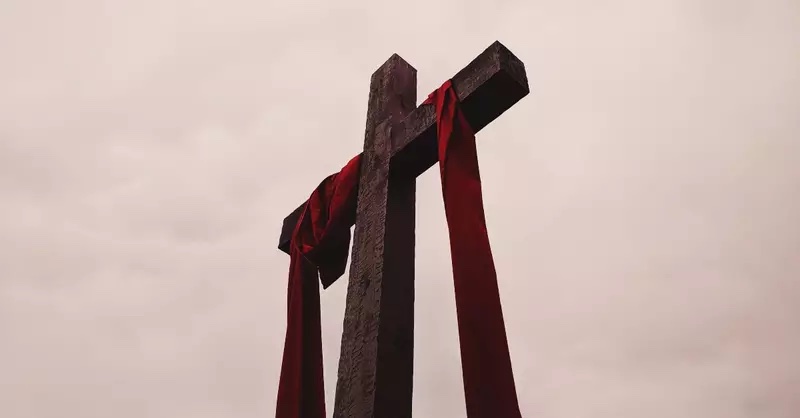
Let me tell you a story.
I first experienced a Maundy Thursday Tenebrae service when I was a senior in college. I was the assistant conductor of the Rutgers Queens Chorale (a soprano-alto group that Sue and I helped to found) while the group was on concert tour in Florida. Our spring break that year coincided with Holy Week, so one of our appearances was at a Tenebrae service near Miami. I was struck by the drama of it, and I realized that this was a necessary preparation for the celebration of Easter. The next year, while in graduate school at Indiana University, Sue and I attended all the Holy Week services at an Episcopal church in Bloomington and then went up to Indianapolis for Easter services at Christ Church Cathedral, where several of the choristers were fellow IU music students.
Many years later, my dear friend the late Rev. Scott Ritchey would say, “You can’t have a resurrection without a death.” It encapsulated the sense that I had had as a student that you were missing something if you skipped part of the story. Because that’s what the church year and liturgy are: they are drama and story-telling at their best. And the story of Easter—of Jesus’ Passion—is one of the most powerful stories I know.
On Maundy Thursday, April 6, at 6 p.m., the Celebration Singers will help lead a contemplative service. Our music includes “The One” by Craig Courtney and Harry T. Burleigh’s simple but haunting arrangement of the spiritual “Were You There When They Crucified My Lord?” This second piece is especially powerful when we remember that the people who first sang it were enslaved and tortured. How did they identify with the suffering Jesus? How did they relate to the injustice of his torment and execution? We will sing it with great intensity and reverence, but we will also be asking ourselves and the listeners, “were you there?”
On Good Friday, April 7, at 6 p.m., the Dayspring Chorale will sing Fauré’s Requiem with our new organist, the brilliant JJ Mitchell, accompanying. Fauré’s setting of the Latin Mass for the Dead was unprecedented: other than a brief reference within the “Libera me,” Fauré altogether omits the “Dies irae,” with its portrayal of the Last Judgment as a day of terror. His music instead focuses on the promise of Heaven. On the darkest day of the church year, Good Friday, we present this music as a sign that while a death precedes a resurrection, Jesus’ sacrifice assures us that resurrection must follow a death. Its ultimate message is one of hope.
I hope to see you at Maundy Thursday and Good Friday this year. Whether you come for the music, the story, or the reassurance, your Easter celebration will be deeper for experiencing the whole story, and for remembering that darkness precedes light.
~David Schildkret
Director of Music Ministries
